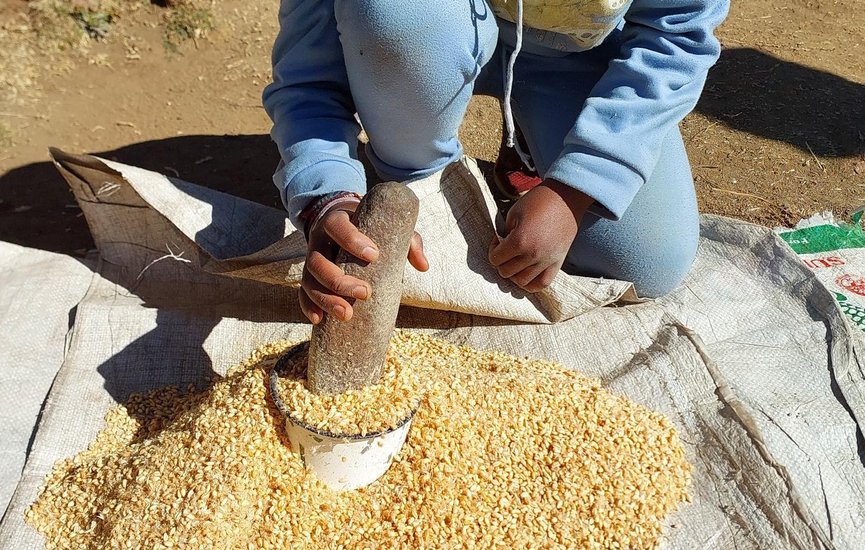In April 2025, the U.S. government announced a sweeping “reciprocal tariff” policy. Lesotho, identified as charging a purported 99% tariff on American goods, was slapped with the steepest rate - 50% – the highest such levy on any country.
Until then, Lesotho had thrived under the Africa Growth and Opportunity Act (AGOA), exporting around $237–240 million in 2024 - accounting for over 10% of its GDP primarily in garments for U.S. brands like Levi’s and Wrangler.
Almost overnight, U.S. importers cancelled orders. Production slowed to a crawl. Factories shuttered. The industry that employed tens of thousands - mostly women - fell apart before a final tariff decision was even made


Government must intervention to subsidize affected workers and stabilize the precarious situation
Union leader Solong Senohe (UNITE)
Government Action & Global Strategy
- The disaster declaration allows swift allocation of resources under Lesotho’s Disaster Management Act to extend cash assistance, retraining, and job creation programs.
- Delegations have been dispatched to Washington to renegotiate terms and urge reversal of the 50% tariff before the 90-day suspension expires on July 8.
- The country is also pivoting to diversify markets through the African Continental Free Trade Area (AfCFTA) and exploring European and South African partnerships to reduce its reliance on U.S. buyers
A Country on the Brink
- Lesotho’s youth unemployment has surged toward 50%, compared to a national average of 30%. Thousands face crisis-level hardship
- Up to 40,000 jobs hang in the balance, with layoffs spreading across factories and value chains—from transportation to retail services
- The economy contracted by 5.3% in early 2025. Analysts warn the environmental and social toll will intensify if recovery stalls.
